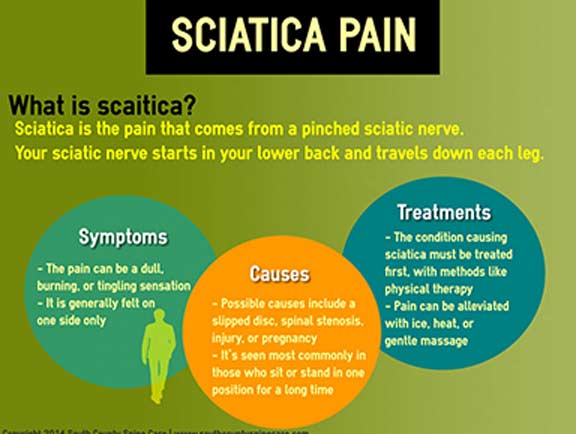The Effect Of Posture On Pain In The Back: Guidelines For Keeping Good Alignment Throughout Your Everyday Regular
The Effect Of Posture On Pain In The Back: Guidelines For Keeping Good Alignment Throughout Your Everyday Regular
Blog Article
Short Article By-Fletcher Fraser
Preserving appropriate stance isn't just about sitting up right; it's about straightening your body in a manner that supports your spine and minimizes the danger of neck and back pain. The means you rest, stand, and relocate throughout the day can significantly influence your spine health. However just how exactly can you ensure excellent placement continually, also throughout active days full of different activities? Let's dig Read Alot more into the subtle yet impactful changes you can make to your everyday routine to keep your back satisfied and healthy and balanced.
Significance of Correct Position
Appropriate posture is important in preserving a healthy back and protecting against pain. When you rest or stand with great position, your spinal column is in positioning, lowering pressure on your muscles, ligaments, and joints. This positioning allows the body to distribute weight uniformly, stopping extreme anxiety on certain locations that can lead to pain and pain. By maintaining your spinal column correctly aligned, you can likewise boost your breathing and digestion, as slouching can compress organs and limit their performance.
Furthermore, keeping good pose can boost your total appearance and positive self-image. When you stand tall with your shoulders back and head held high, you exhibit self-confidence and appear even more approachable. Great pose can also make you really feel a lot more invigorated and alert, as it advertises appropriate blood flow and permits your muscle mass to work successfully.
Incorporating appropriate pose right into your day-to-day regimen, whether sitting at a desk, strolling, or exercising, is vital for stopping back pain and promoting total well-being. Keep in mind, a tiny modification in just how you hold on your own can make a considerable distinction in how you feel and operate throughout the day.
Common Postural Mistakes
When it concerns maintaining good posture, lots of individuals unknowingly make usual errors that can contribute to pain in the back and pain. One of the most prevalent mistakes is slouching or stooping over while sitting or standing. https://codyhdxrm.blogsuperapp.com/32626741/a-novice-s-guide-to-recognizing-cervical-spinal-column-composition-and-its-effect-on-neck-discomfort on the back and can lead to muscular tissue discrepancies and discomfort in the future.
Another common blunder is overarching the lower back, which can squash the all-natural curve of the spinal column and cause discomfort. Furthermore, going across legs while resting may feel comfortable, but it can develop a discrepancy in the hips and hips, bring about postural problems.
Making use of a cushion that's too soft or too strong while sleeping can also influence your placement and contribute to back pain. Last but not least, frequently craning your neck to look at displays or adjusting your setting often can strain the neck and shoulders. Being mindful of these common postural mistakes can assist you preserve far better positioning and reduce the threat of back pain.
Tips for Correcting Positioning
To enhance your placement and decrease pain in the back, it's vital to focus on making small changes throughout your day-to-day routine. Start by being mindful of your position. When sitting, guarantee your feet are level on the flooring, your back is straight, and your shoulders are loosened up. Prevent slouching or leaning to one side. Usage ergonomic chairs or cushions to sustain your reduced back.
When standing, disperse your weight uniformly on both feet, maintain your knees somewhat curved, and embed your hips. Engage your core muscles to sustain your back. Take breaks to extend and walk if you have a sedentary task. Integrate exercises that enhance your core and back muscle mass, such as slabs or bridges.
While sleeping, utilize a cushion that supports the natural contour of your neck to keep appropriate spinal alignment. Avoid sleeping on your stomach, as it can stress your neck and back. By being mindful of these pointers and making small modifications, you can slowly fix your placement and minimize back pain.
Conclusion
Keep in mind, maintaining good posture is essential to stop pain in the back and promoting spinal health. By being mindful of your positioning, dispersing weight uniformly, and engaging your core muscular tissues, you can decrease stress on your back and minimize the risk of pain and injury. Integrate ergonomic assistance, take normal breaks to extend, and enhance your core and back muscle mass to keep proper positioning throughout the day. Your back will certainly thank you for it!
